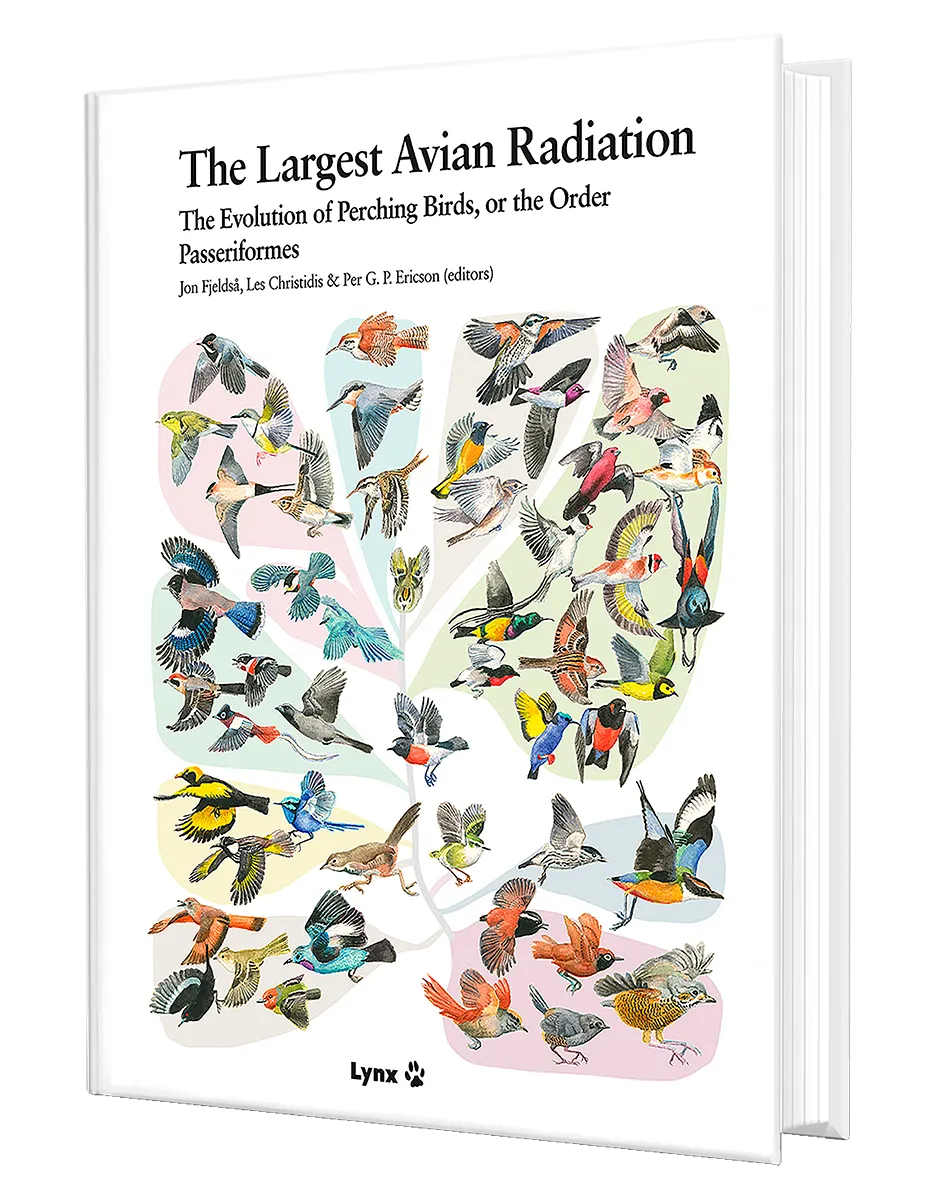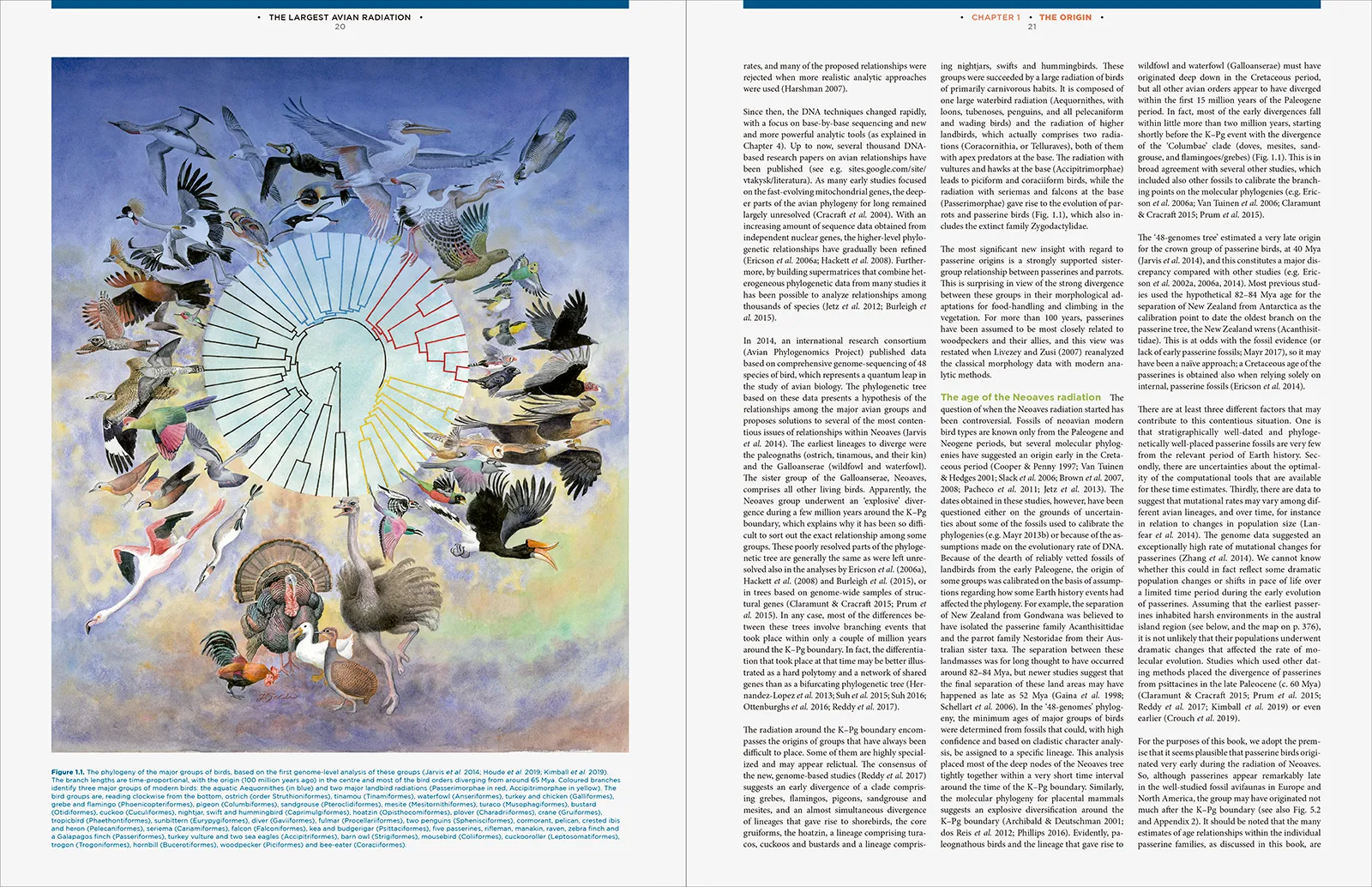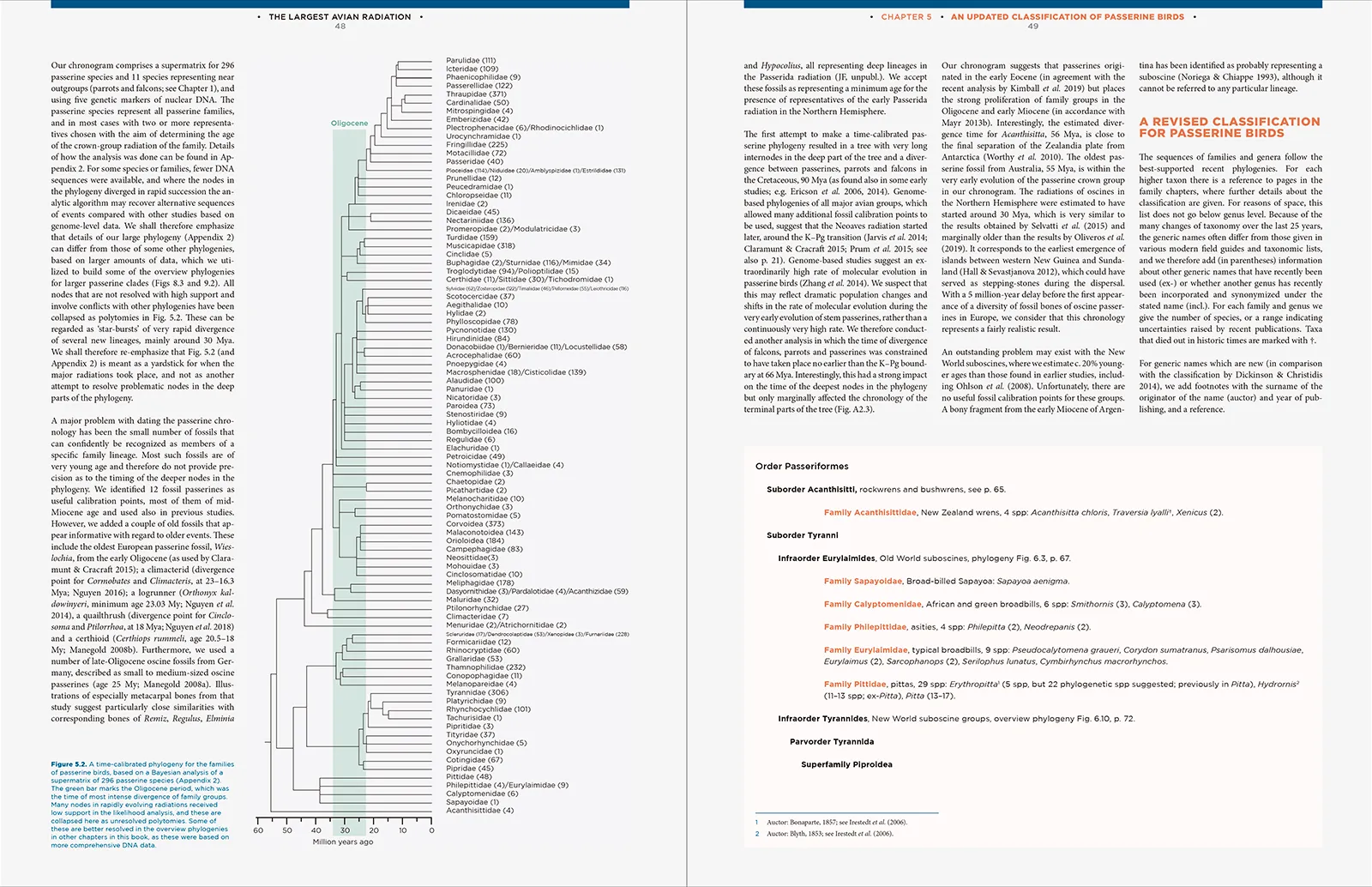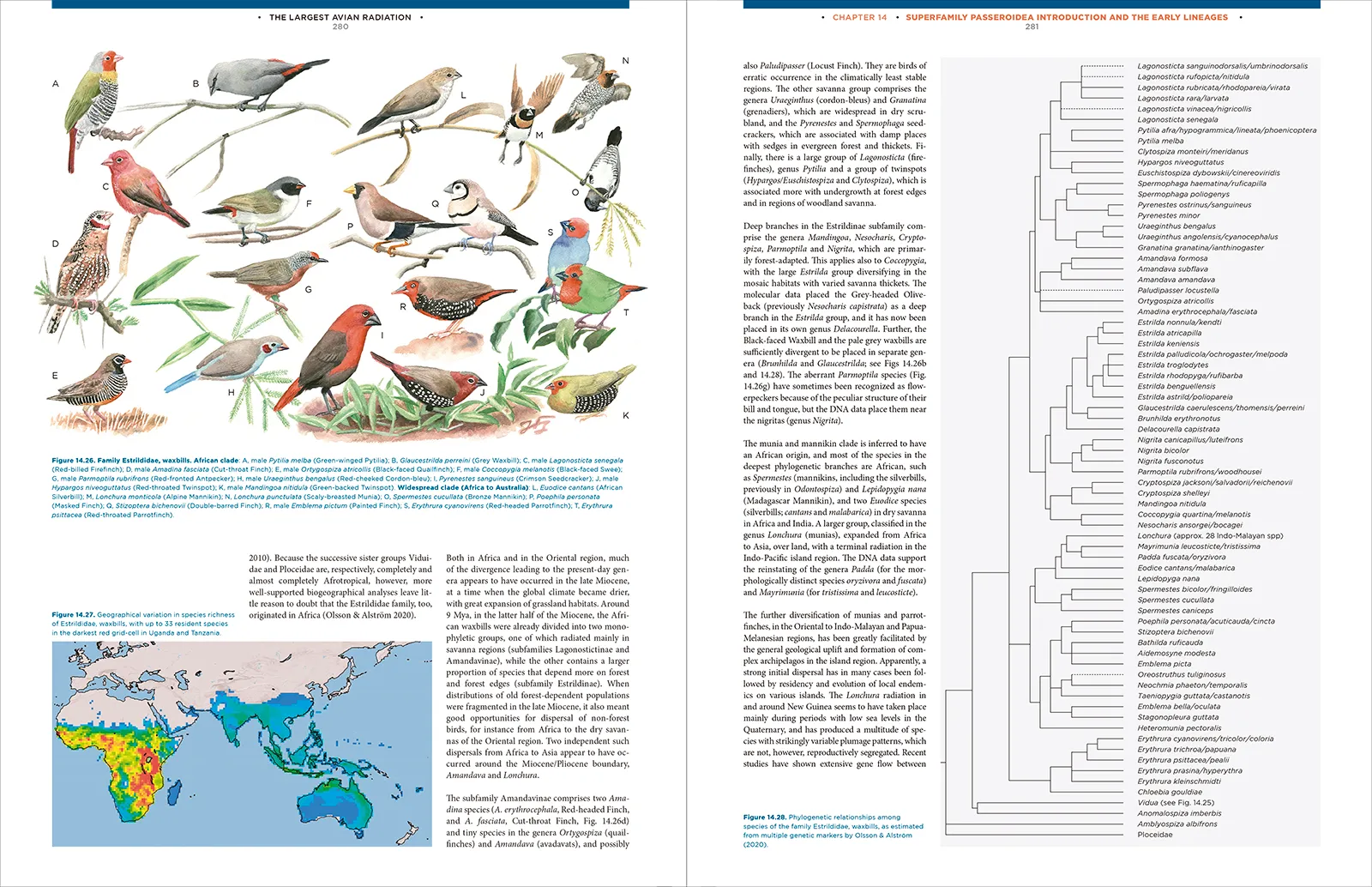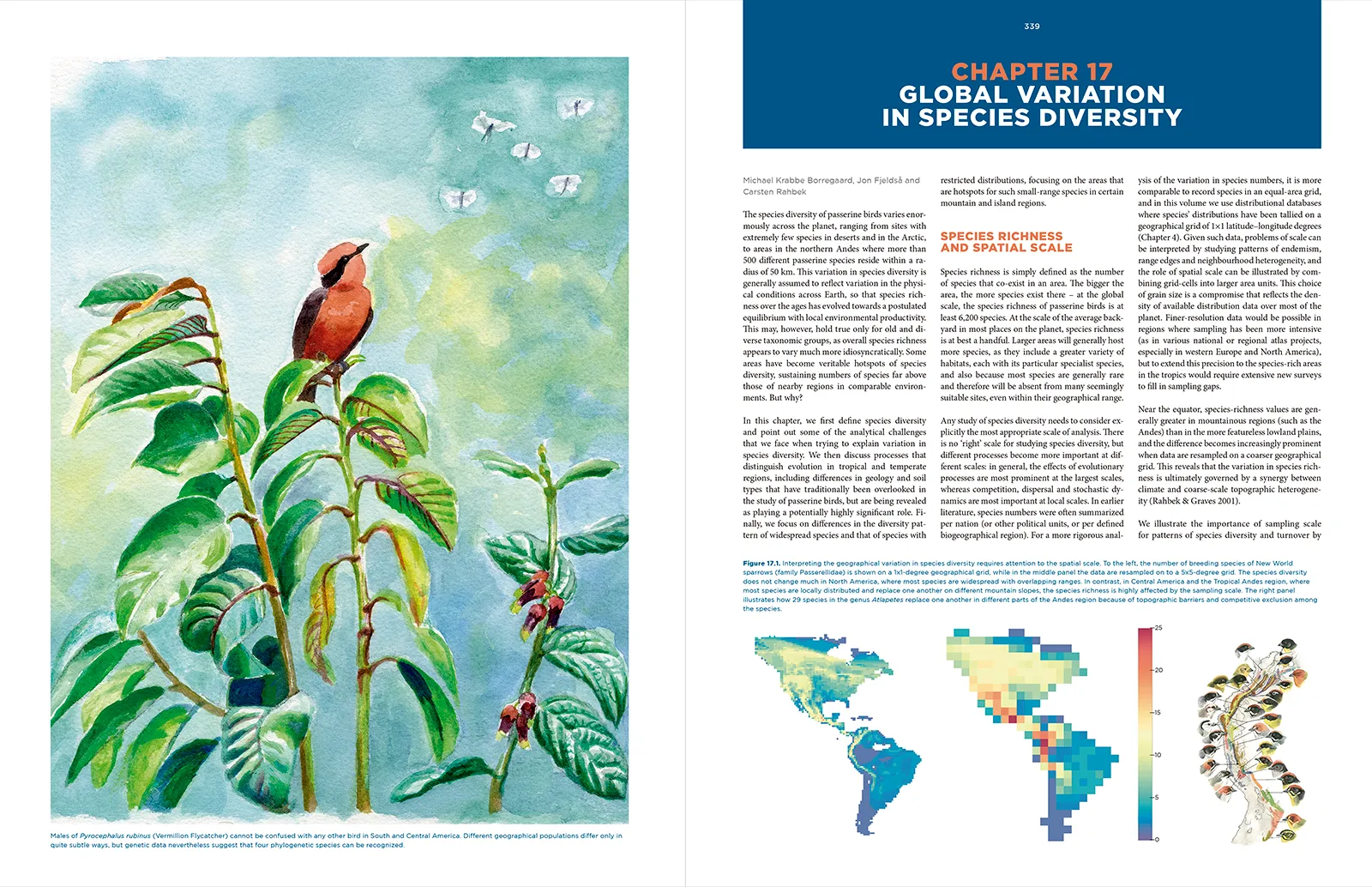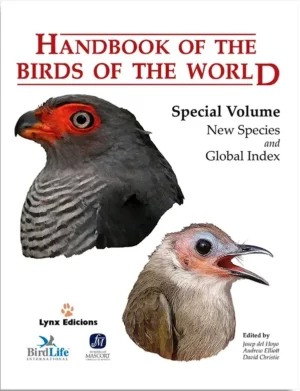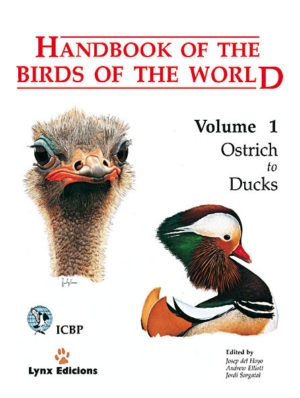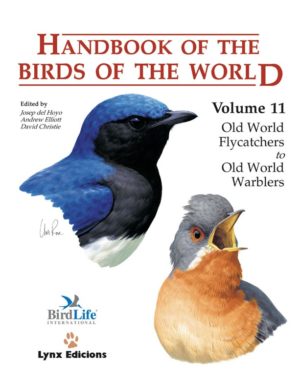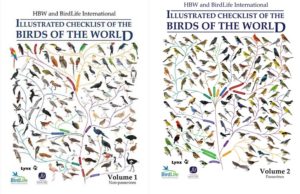I tillegg til å beskrive den reviderte evolusjonshistorien til spurvefuglene, forsøker forfatterne å identifisere tilpasningsendringer, inkludert endringer i livshistoriske strategier, som ligger til grunn for store evolusjonsutvidelser. Deres mål er å videreutvikle en enhetlig teori som forklarer hvordan den fantastiske variasjonen av jordens biologiske mangfold genereres.
Forlagets egen omtalevbnvb
This book reveals the remarkable new history of how passerines diversified and dispersed across the entire world. It also presents and explains the new classification, which reflects the phylogenetic history. The new insights reveal that many of the old evolutionary lineages comprise only a few species that remained in their area of origin or underwent limited dispersal. Only a small number of groups underwent significant proliferation of new species and just five (of 145) passerine families are represented on all continents but Antarctica. Even so, the global variation in species richness generally correlates well with the variation in productivity across different environments. We see how a seemingly constant overall rate of evolution of new species is possible because of rapid proliferation in new ecological niches, including archipelagos, and an extraordinary accumulation of endemic species in certain tropical mountain ranges.
In addition to describing the revised evolutionary history of passerine birds, the authors try to identify adaptational changes, including shifts in life history strategies, that underlie major evolutionary expansions. Their aim is to further the development of a unified theory to explain how the prodigious variation of Earth’s biodiversity is generated.
With more than 6200 species, the perching—or passerine—birds represent one of the most remarkably rapid proliferations of species. The traditional classification of birds, which was mainly based on comparative anatomical studies made more than 100 years ago, could do little to resolve the relationships among passerines because they were generally too anatomically uniform. Therefore, the classification that was used for most of the 20th century was a practical arrangement, where the thousands of species were accommodated in a few broad groups based mainly on ecological adaptations.
Recent DNA studies have dramatically changed the understanding of passerine evolutionary relationships. Apparently, the passerines originated during the early radiation of modern birds, on the austral continents (South America, Antarctica and Australia), after a global catastrophe had wiped out most of the ancient terrestrial life, including large dinosaurs and early birds.
This book reveals the remarkable new history of how passerines diversified and dispersed across the entire world. It also presents and explains the new classification, which reflects the phylogenetic history. The new insights reveal that many of the old evolutionary lineages comprise only a few species that remained in their area of origin or underwent limited dispersal. Only a small number of groups underwent significant proliferation of new species and just five (of 145) passerine families are represented on all continents but Antarctica. Even so, the global variation in species richness generally correlates well with the variation in productivity across different environments. We see how a seemingly constant overall rate of evolution of new species is possible because of rapid proliferation in new ecological niches, including archipelagos, and an extraordinary accumulation of endemic species in certain tropical mountain ranges.
In addition to describing the revised evolutionary history of passerine birds, the authors try to identify adaptational changes, including shifts in life history strategies, that underlie major evolutionary expansions. Their aim is to further the development of a unified theory to explain how the prodigious variation of Earth’s biodiversity is generated.
